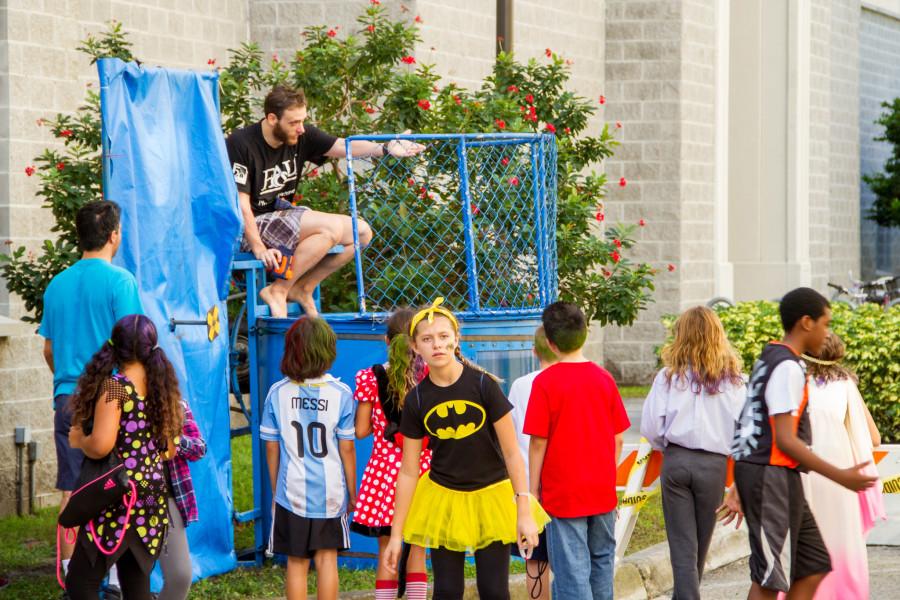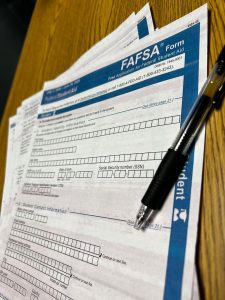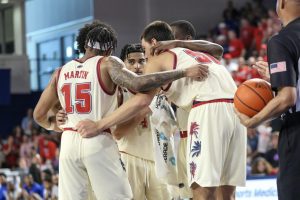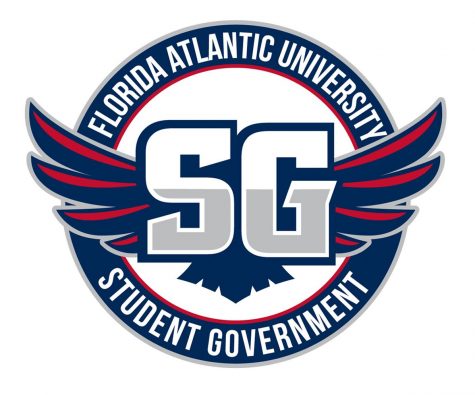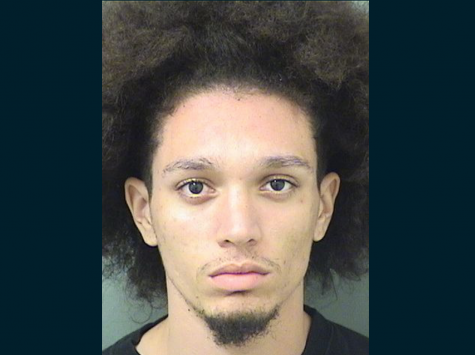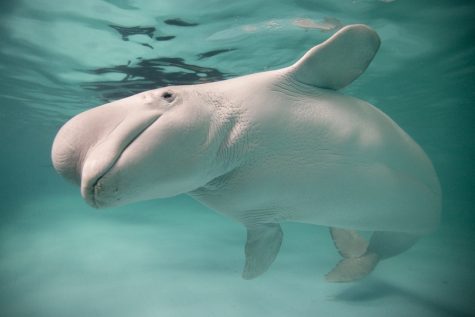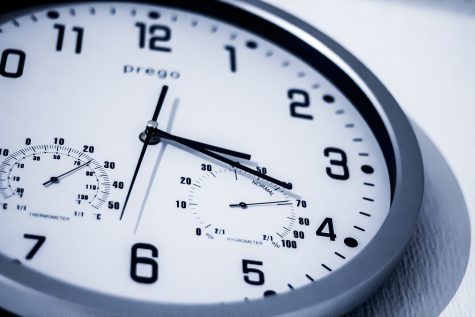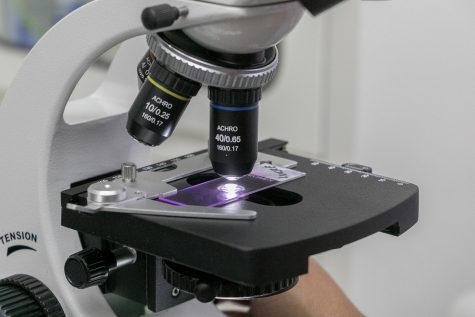Pumpkins fall for science at physics carnival
FAU invites kids to learn with hands on experiments at annual physics carnival
Children line up for their chance to take down Ph. D candidate Nathan Laza at FAU physics carnival. Joseph Kennedy | Contributing Photographer
November 3, 2015
On the morning of Friday, Oct. 30, pumpkins and watermelons of various sizes rained down, making a splat in front of an audience of elementary, school-aged, miniature zombies and superheroes.
“We get to show the kids that gravity exists; A demonstration of the laws of falling bodies,” said Andy Lau, associate professor of physics.
Lau and other members of the physics department put together the Ninth Annual Pumpkin Drop and Physics Carnival. The event brings local elementary students to FAU to have fun learning about the laws that govern the world, all through experiments involving drones and dunk tanks.
The carnival took place in the courtyard outside the Science and Engineering building on FAU’s Boca Raton campus. The event had over 200 kids cycle through, many of whom came donning halloween costumes like Iron Man and Supergirl.
“This year we started off with the pumpkin drop. It was a lot cooler and the kids weren’t so worn out,” explained Eric Vandernoot, who directs the FAU Observatory.
Professors took to the top of the Science and Engineering building to show how the mass of objects doesn’t determine when they hit the ground: air resistance does.
This was shown by Galileo in the 1600s when he took balls of different weights and dropped them from the Leaning Tower of Pisa and found they hit the ground at the same time. Lau explains that “in a vacuum everything falls at the same time.”
“Isaac Newton risked his life 300 years ago when he challenged the church with these ideas, today we risked ours to demonstrate them,” Lau joked.
The department dropped over 20 pumpkins off the science building in different configurations. Since the large and small pumpkins have similar air resistance, it’s reminiscent to Galileo’s original experiment. “Our first aim is to get the kids into science,” Lau said.
After the pumpkin drop, the kids were able to walk around the carnival where various experiments were set up so that they could have hands on-experience with physics.
Jessica Kluttz, a freshman mechanical engineer student, was there with the Unmanned Aerial Vehicle Association of FAU, showing off drones and a UAV simulator.
“We’re showing the kids practical applications of drones and how they work. With simulations they can play with it and not worry about breaking anything,” Kluttz explained.
The group had a TV set up running a program that replicated the way that drones fly, showing variables that challenge drone design. The children controlled the program remotely, like a video game that followed real physical laws.
The carnival also had graduate students that took turns sitting in a dunk tank to show further examples of falling bodies. Kids gathered around the tank and waited for their chance to try and take down the teasing students that taunted them with kind-hearted wit and playful quips.
“Usually dunk tanks aren’t part of my curriculum, but I was pretty good at antagonizing the kids,” said Nathan Lanza, a Ph.D candidate.
The goal of the carnival is to have the kids walk away with a better understanding of physics and discover the fun that can be found in science. It has a long tradition of reaching out to the community and spreading the joy of science, Lau explained.
Vandernoot joked, “It’s just a great way to connect with the kids and we get to play with all our toys.”
Joseph Kennedy is a contributing writer for the University Press. If you would like to contact him, email him at [email protected]. Or, you can find him on Twitter: @the_questionerd .

